Songnisan National Park (Gyeongbuk Section) (속리산국립공원(경북))
10.3Km 2021-05-14
Hwabuk-myeon, Sangju-si, Gyeongsangbuk-do
+82-43-542-5267
On Songnisan Mountain is a rock summit 1,054 meters above sea level called Munjangdae Peak. The peak is so broad that 50 adults can sit on it at the same time. Among the rocks there is Seokcheon Pond, which never dries up. The peak used to be called “Unjangdae” because the summit is always covered with clouds and mist. Legend says that King Sejo of Joseon dynasty supposedly recited a poem on the summit.
Munjangdae has a great view of Cheonhwangbong Peak, the highest peak of Songnisan Mountain. Visitors can also see Gwaneumbong, Chilseongbong, Sirubong, Tugubong, Munsubong, and Birobong peaks. In autumn, visitors can enjoy views of breathtaking fall foliage along the trail, which begins at Hwabuk-myeon, Sangju. There are also many cultural heritage sites including Janggakpokpo Falls, Seongbuksa Temple, Osongpokpo Falls and Gyeonhwonsanseong Fortress.
Goesan Historic House of Song Byeong-il (괴산 송병일 고택)
12.9Km 2024-02-15
17 Cheongcheon 4-gil, Cheongcheon-myeon, Goesan-gun, Chungcheongbuk-do
This dwelling is a well-preserved example of a traditional Korean house built in the late 19th century, a relic from the era of the Joseon dynasty. It offers insight into the architectural design of the period as well as the domestic life of the Joseon aristocracy. The house also bears historical significance as the residence of the descendants of Uam Song Siyeol, a prominent Neo-Confucian scholar of the dynasty. The layout features distinct sarangchae (the men's quarter) and anchae (the women's quarter), with a gate and a storage facility for essential supplies situated between them. This set up offers visitors an authentic experience of the Joseon dynasty’s traditional household structures. Encircled by a tranquil forest, this old house transports visitors to a time long past..
Yeonpung Sanctuary (연풍성지)
13.3Km 2024-02-26
14, Jungang-ro hongmun 2-gil, Yeonpung-myeon, Goesan-gun, Chungcheongbuk-do
After the nationwide repression of Catholicism in 1791, a group of Catholics came to what is today known as Yeonpung Sanctuary to practice their religion in secret before they were discovered and executed in 1801. Today, Yeonpung Sanctuary is a Catholic sanctuary dedicated to the martyrs. Yeonpung Sanctuary has a Catholic church, a crucifix, and a sculpture and tomb of Hwang Seokdu (Luke; 1813-1866), a saint born in Yeonpung and martyred as a Catholic.
STX Resort (STX리조트)
14.9Km 2025-03-16
509, Cheonghwa-ro, Mungyeong-si, Gyeongsangbuk-do
+82-54-460-5000
STX Resort located near Ssangyonggyegok Valley in Mungyeong. The resort is well suited to guests looking to visit nearby attractions such as Songnisan National Park, Cheonghwasan, Yeonyeopsan, and Dojangsan Mountains, or simply looking to relax in nature. The resort is designed with a luxurious European style and features a variety of amenities, including a hot spring spa, live performance cafe, and both Korean and Western dining options.
Mungwang Reservoir (문광저수지)
14.9Km 2024-02-15
16 Yanggok-ri, Mungwang-myeon, Goesan-gun, Chungcheongbuk-do
Encircled by a 2-kilometer stretch of roads lined with ginkgo trees, this reservoir lies at the heart of Yanggok-ri, a quintessential small farming village. Its primary role is agricultural water supply, yet it doubles as a serene haven for both locals and tourists to stroll and reflect. Established in May 1978, this semi-valley reservoir boasts a rich, dense woodland and an array of ancient trees, contributing to its picturesque allure. The entrance is graced with an avenue of trees, which, come autumn, transforms into a golden canopy as the ginkgo leaves change hue. It’s a popular locale for families to convene, enjoying leisurely fishing and the peaceful surroundings.
Mungyeong Eco World (문경에코월드)
15.9Km 2024-11-21
114 Wangneung-gil, Gaeun-eup, Mungyeong-si, Gyeongsangbuk-do
◎ Travel information to meet Hallyu’s charm – TV series “Queen of Tears”
This is the amusement park Da-hye visited with her family before parting ways. This park is loved by many family visitors because of its various attractions. As you walk through the park and enjoy the sights, you will undoubtedly recall the emotional scene from the drama, where Da-hye hesitated to leave and Soo-cheol’s heartfelt plea to hold onto her brought tears to the audience.
Sangju Maengmundong Pine Forest (상주 맥문동 솔숲)
16.0Km 2024-11-15
San 44 Sango-ri, Hwabuk-myeon, Sangju-si, Gyeongsangbuk-do
◎ Travel information to meet Hallyu’s charm – TV series "Castaway Diva"
This is where Bo-geol and Mok-ha, who had been hiding their true feelings, finally confessed their feelings for each other and shared a touching embrace. The Sangju Maengmundong Pine Forest beautifully enhances their reunion scene. It features a grove of pine trees along the Songnisangyegok Valley that is well harmonized with lilyturf flowers, making it a rising tourist attraction.
Mungyeong, former Gaeun Station (문경 구 가은역)
16.4Km 2025-01-30
2441, Daeya-ro, Mungyeong-si, Gyeongsangbuk-do
+82-54-550-6401
Mungyeong, former Gaeun Station is a whistle stop in Wangneung-ri, Gaeun-eup, Mungeyong-si, Gyeongsangbuk-do. The station was designated as Registered Cultural Property No. 304 on December 4, 2006.
Mungyeong Coal Museum (문경석탄박물관)
16.5Km 2019-03-18
112, Wangneung-gil, Mungyeong-si, Gyeongsangbuk-do
+82-54-550-6424
The Mungyeong Coal Museum exhibits the history of coal and explains its important contribution to Korea's rapid industrialization. Systematic exhibition of coal and related information helps visitors understand the vital role that coal has played in shaping modern life. The museum displays coal-related relics in addition to scholarly materials.
The museum offers various exhibition halls: the Central Exhibition Hall (1F-2F), Outdoor Exhibition Hall, Mine Exhibition Hall, and Miner’s Private House Exhibition Hall. Though coal, one of Korea’s few natural resources, used to be the driving force of the Korean industry and economy, it has become less visible due to the emergence of oil and natural gas. The museum helps visitors appreciate this forgotten resource as well as the lives of miners in Mungyeong, once one of the most productive coalfields in Korea.
Gaeun Open Set (문경 가은오픈세트장)
16.5Km 2024-03-18
112 Wangneung-gil, Gaeun-eup, Mungyeong-si, Gyeongsangbuk-do
Gaeun Open Set is a filming site located within Mungyeong Ecoworld. Through in-depth historical research, it realistically recreates the city in the old days, making it an important location for TV series and history education. There are a total of three filming locations. The first filming location has palaces, including Goguryeo Palace, thatched-roof houses, inns, and a grand gate of actual size. It is known as the filming location for various dramas such as "The King of Legend (2010)," "Ja Myung Go (2009)," "Yeon Gaesomun (2006)," and "Strongest Chil Woo (2008)." It is still popular as a filming location for many other dramas. Also located within Mungyeong Ecoworld is the Coal Museum, so many tourists visit them together. It is possible to travel from the Coal Museum to the first filming location by riding the monorail, which runs every 15 minutes.
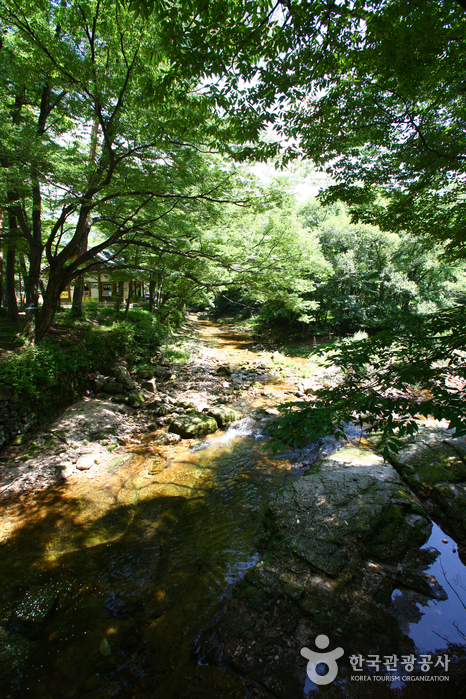
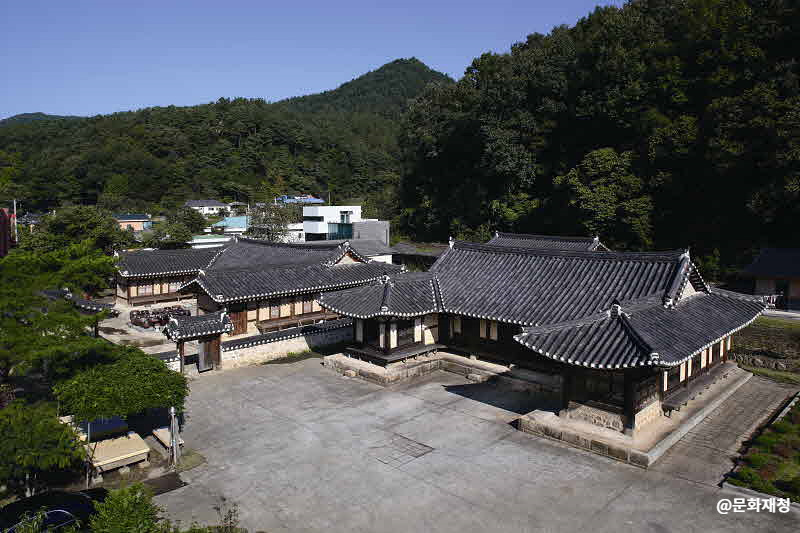

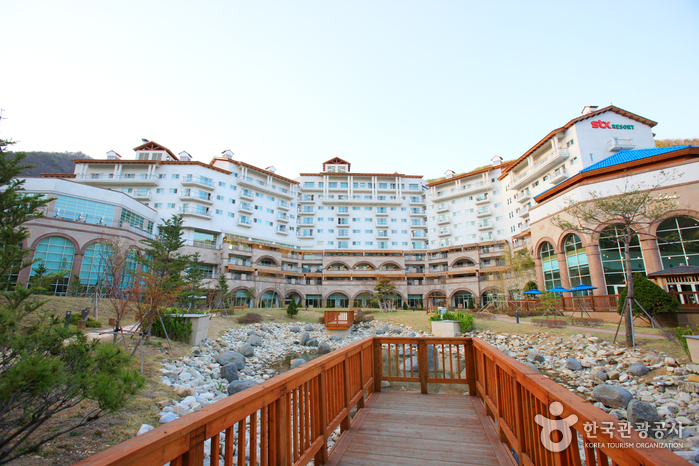
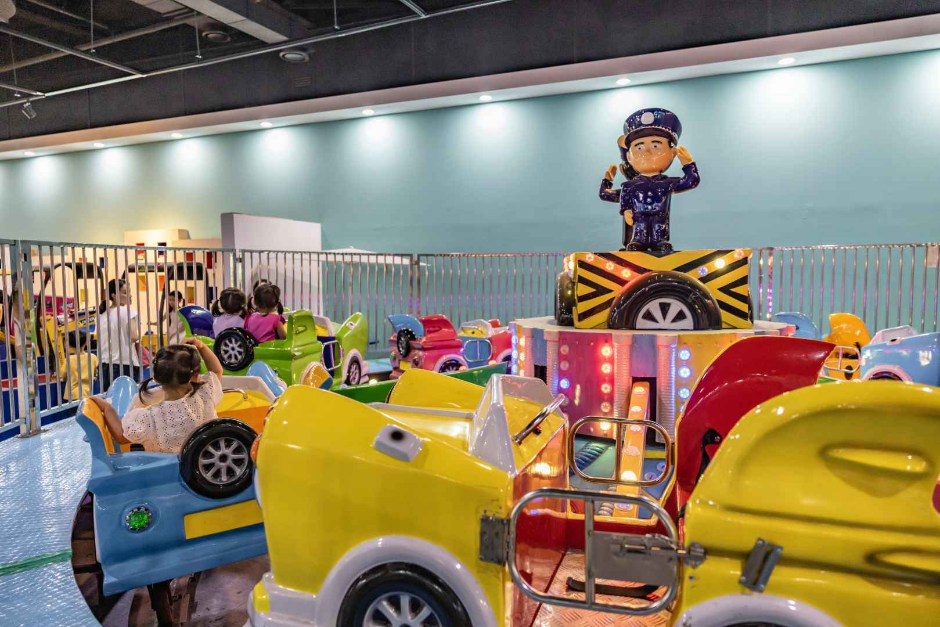
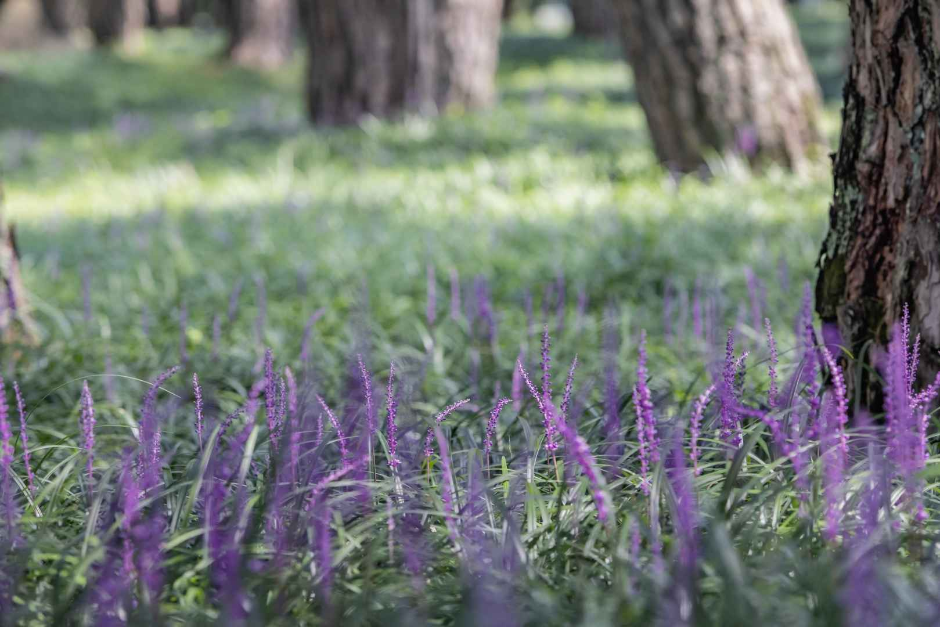
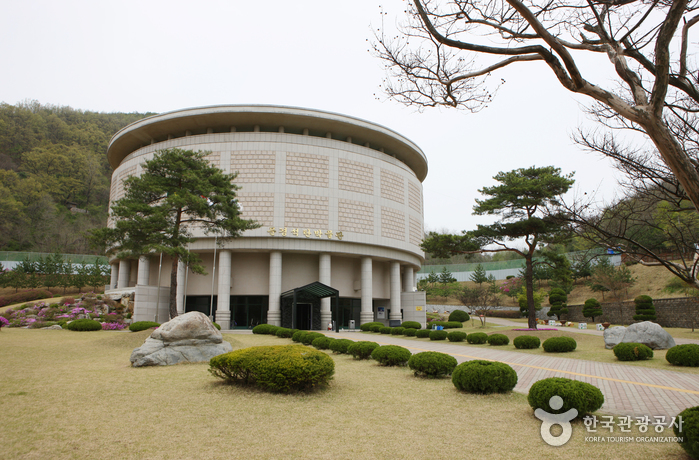
 English
English
 한국어
한국어 日本語
日本語 中文(简体)
中文(简体) Deutsch
Deutsch Français
Français Español
Español Русский
Русский